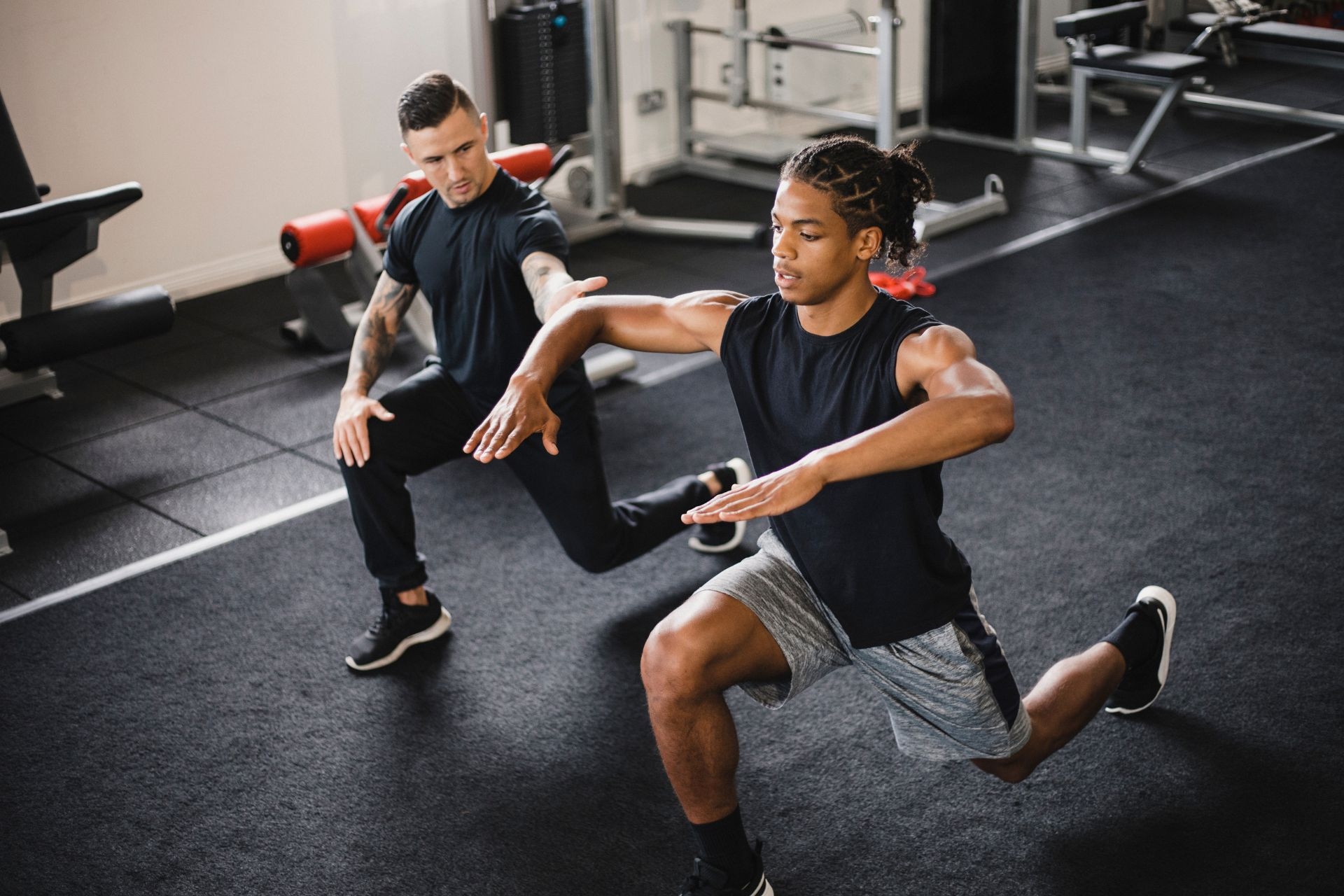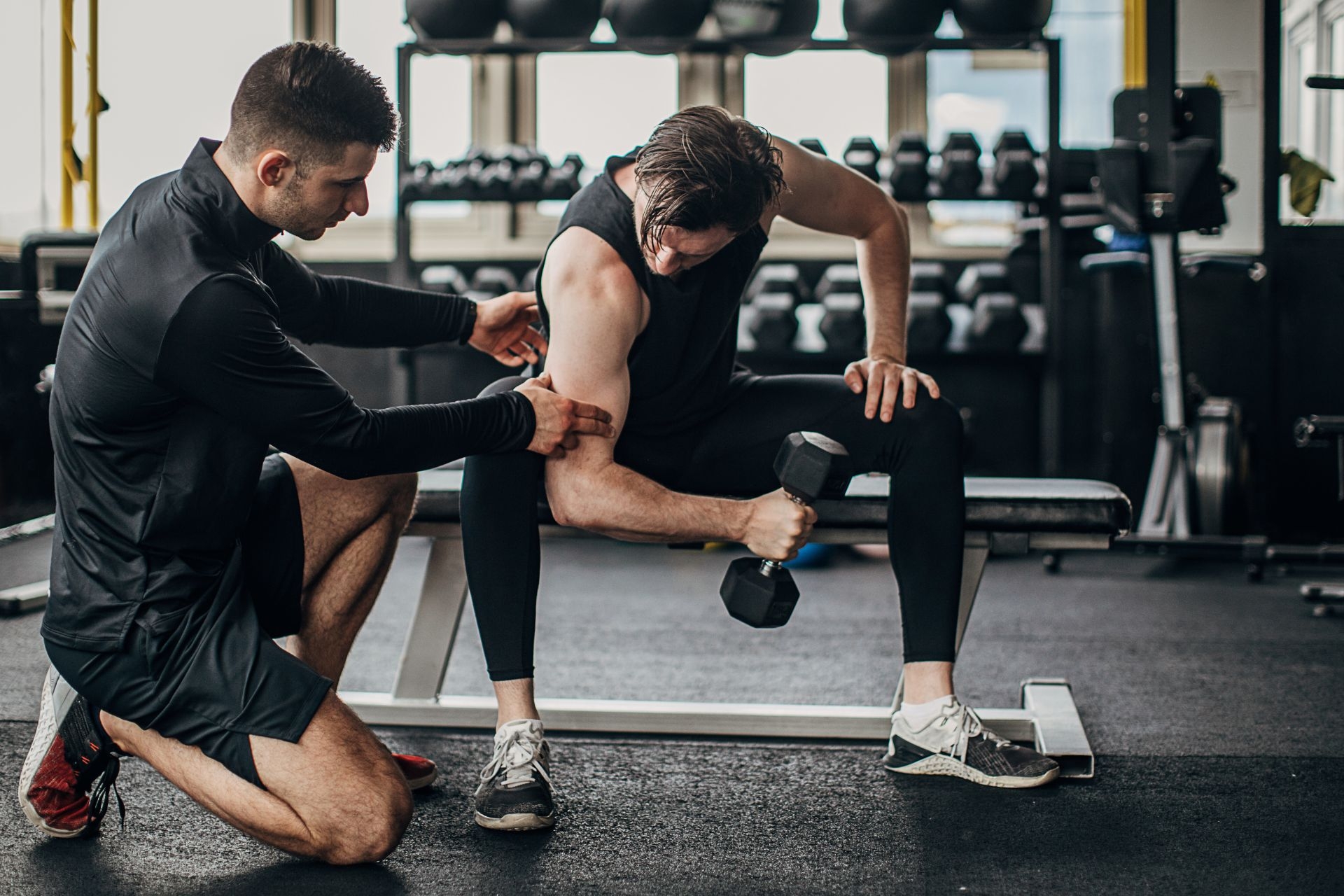Accommodating Resistance
How does accommodating resistance differ from traditional resistance training methods?
Accommodating resistance differs from traditional resistance training methods by providing variable resistance throughout the range of motion. This means that as the lifter moves through the exercise, the resistance changes to match their strength curve, making the movement more challenging where the lifter is strongest. This can lead to greater muscle activation and recruitment compared to traditional methods.



